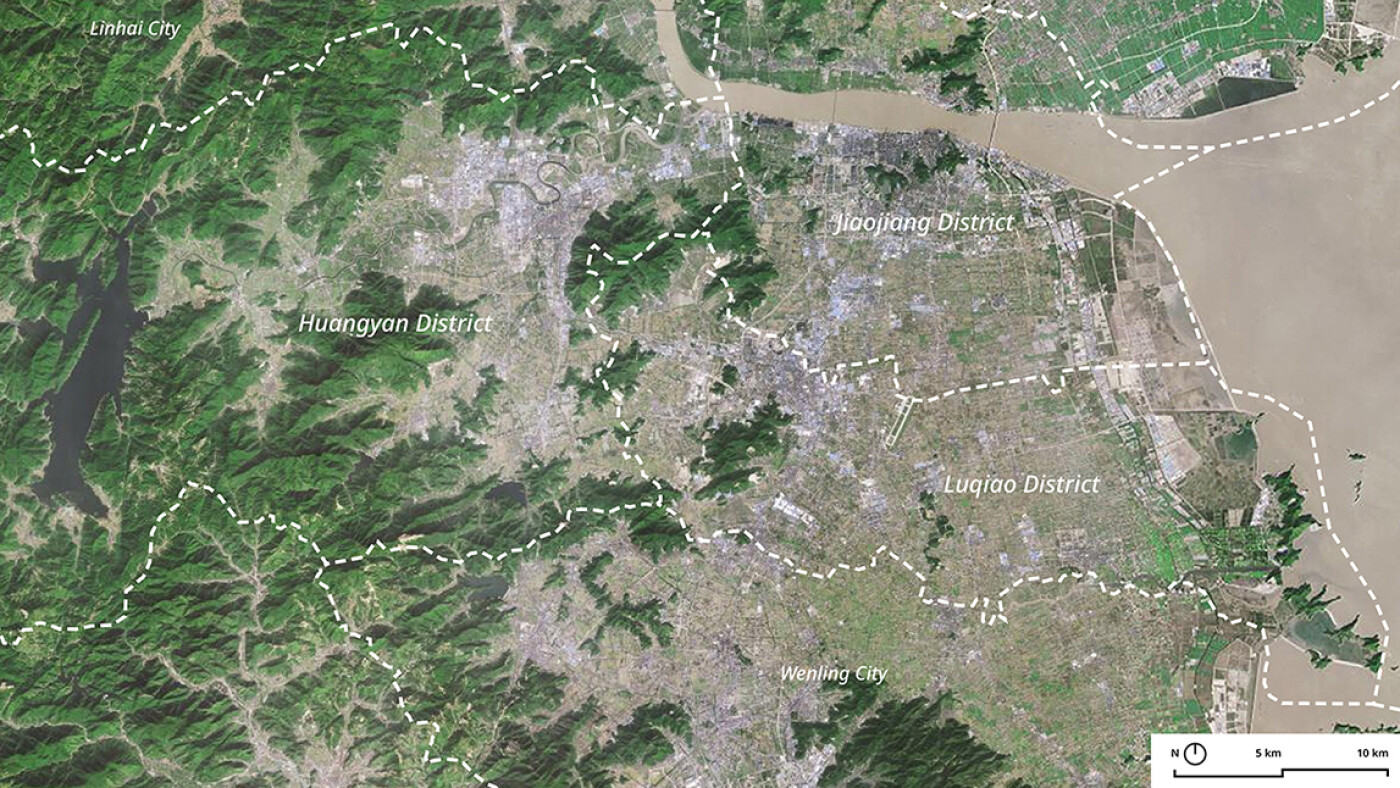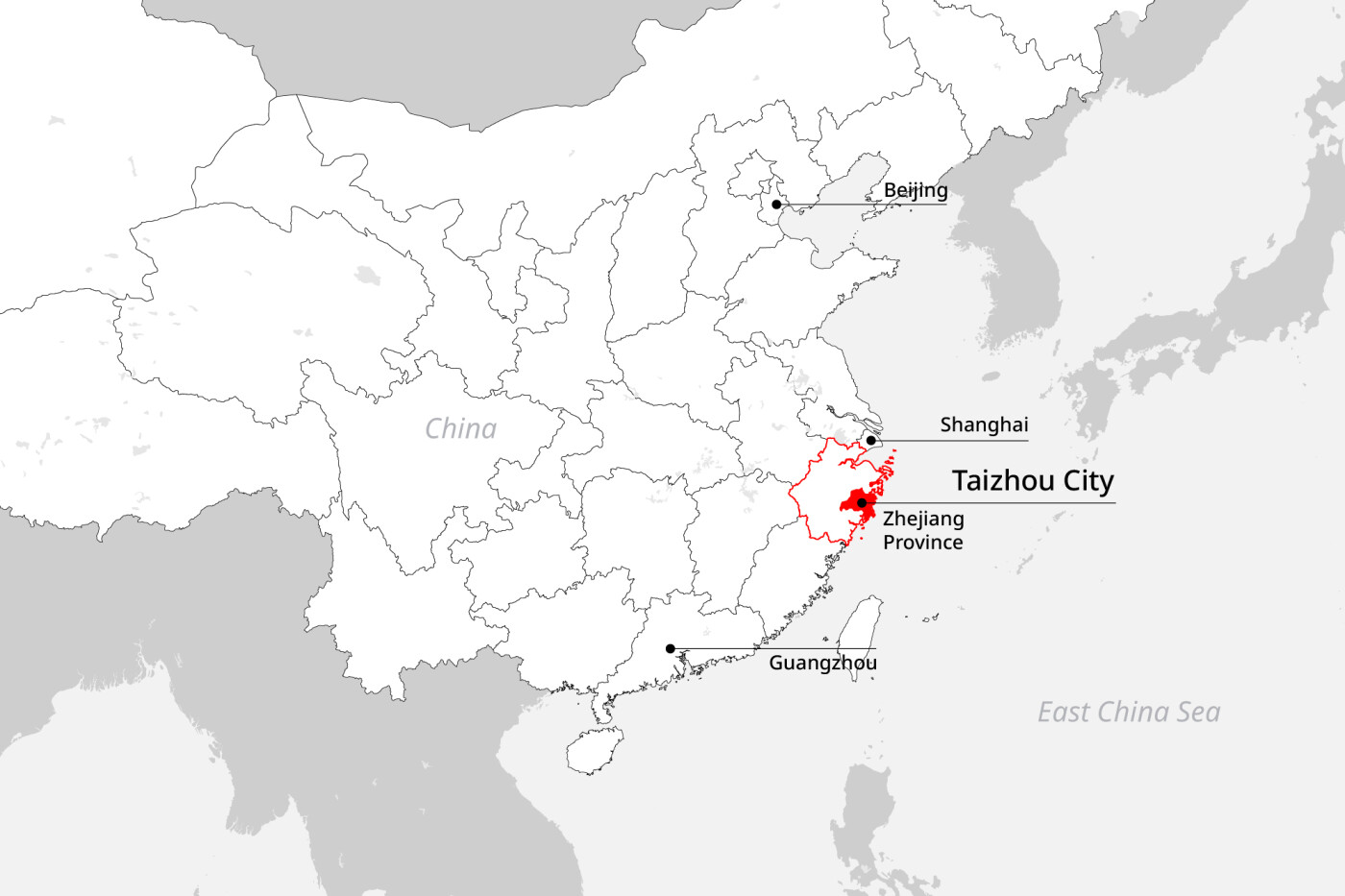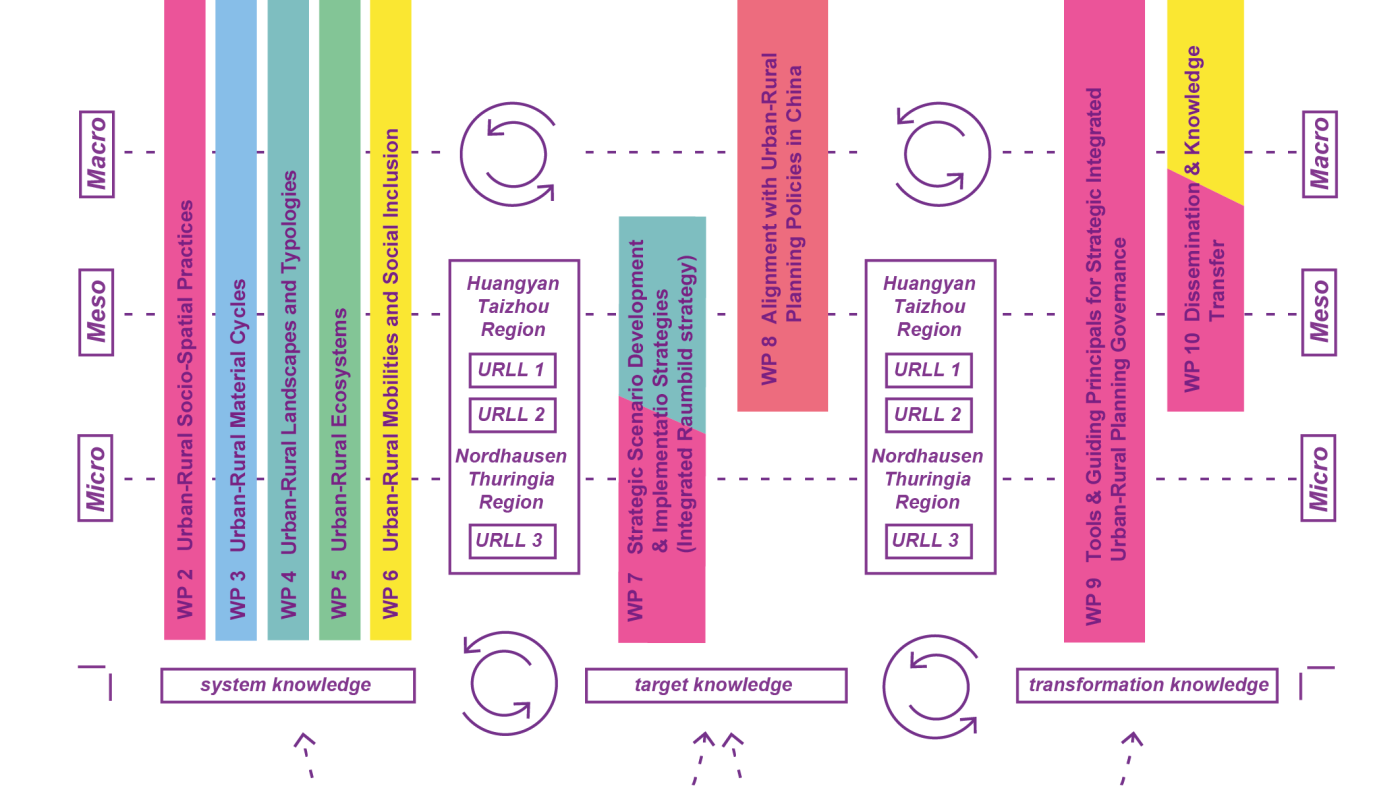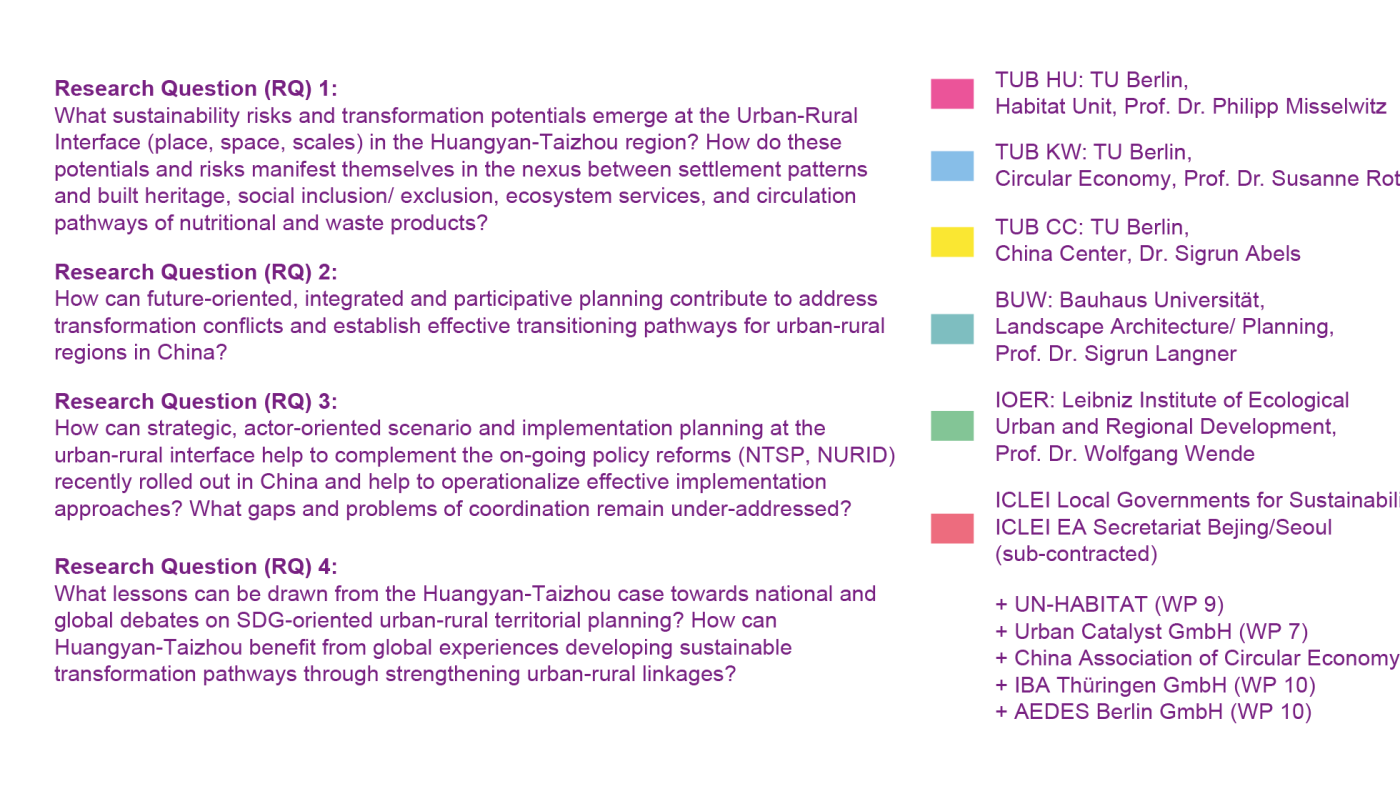Rationale
The complexity of today’s urban-rural constellations requires new instruments that can assist us in reading and revealing the actors, institutions, and processes shaping dynamic transformation processes and their socio-spatial impacts. In addition, they must more productively enhance inherent and locally specific urban-rural qualities.
Most urban-oriented research and policy design in China is still devoted to the development of new megacities and vast urban concentrations. Moreover, urbanisation generally remains associated with development and poverty reduction, with the assumption that it will result in more prosperous and sustainable regions. However, urbanisation is also producing significant challenges that include new forms of inequality, socio-spatial polarisation, and divergence in development, all of which are decoupling urban centres and their unevenly developed hinterlands. Furthermore, fast-track approaches to economic and urban growth have led to significant threats to biodiversity, ecosystem services, and environmental systems, have caused unprecedented levels of air pollution in urban centres and considerable disturbances of water systems, and have also left cultural landscapes in crisis across China.
The Chinese national government has started to draw attention to the protection of environmental systems and mitigate polarisation between ‘urban’ and ‘rural’ areas. Rural reconstruction programmes envision the development of a 'beautiful and harmonious countryside' and are beginning to address the importance of stabilising formerly rural regions. Although these programmes embody the potential for generating new sustainable livelihoods and economies in formerly rural areas, many developments focus minimal attention on local challenges, peculiarities, resources, and actors. This has resulted in standalone solutions without substantial regional coherence and resilience. In addition, such development approaches often fall short of offering clear toolkits and policy directions or effectively engaging with the importance of urban-regional linkages in achieving sustainability.
The joint research and development project 'Urban-Rural Assembly (URA)' takes these dynamics as a starting point, examining the vastly urbanising region of Huangyan-Taizhou - part of the Chinese prefectural-level city of Taizhou - as an exemplary case study and learning context. This rapidly urbanising region is where diverse and seemingly contradictory transformation processes occur simultaneously and in close proximity, producing new forms of urban-rural interdependencies. URA aims to contribute to the regional transformation-to-sustainability process by strengthening urban-rural linkages in order to address the problematic polarisation between urban growth areas and their formerly rural hinterlands. Few research projects so far have built substantial evidence-based knowledge on the complexity of current urban-rural constellations and interdependencies in China, from an interdisciplinary perspective. By addressing this knowledge gap, the project aims to provide new conceptual tools to understand current rural-urban transformation trends and to develop innovative policy instruments that can guide the urban-rural interface towards a more inclusive, actor-centred, and socio-ecologically just mode of development.
Building upon the hypothesis that local social and economic innovations can become catalysts for broader change processes, URA aims to develop site-specific implementation strategies within Local Transformation Laboratories (Reallabore) to complement policy design. This involves integrated thinking around the nexus of cultural heritage, renewable resources, and food security, concrete community-driven pilot interventions to explore and strengthen the manifold potentials of urban-rural linkages in the Huangyan-Taizhou region. Both policy design and concrete implementations aim to strengthen a neglected socio-spatial dimension in the understanding of urban-rural interdependencies, taking a more holistic development approach that includes the local population as a rich source of cultural and social innovation to progress towards a more sustainable future.
In the framework of a trans- and inter-disciplinary research design, and alongside the implementation of policy interventions, the URA team will: (1) build a multi-scalar understanding of trans-local urban-rural interdependencies and metabolism at the urban-rural interface; (2) strengthen urban-rural linkages through developing and implementing community-driven pilot interventions that enhance resource efficiency and reinforce regional circular economies in the fields of cultural heritage, renewable resources, and food security, tested in Local Transformation Laboratories (Reallabore); and (3) develop new strategic multi-level, multi-actor governance tools that enable local municipalities to manage urban-rural linkages towards a progressive regional model building on socio-ecologically inclusive and cooperative development approaches.
Through the development of transferable actor-based and inclusive planning approaches, including enabling tools and guidelines (i.e. Raumbild approaches already tested in Germany), the project seeks to foster knowledge dissemination across the coastal urbanisation corridor in China. It is hoped this will contribute to the urgent need for creative approaches towards localisation and implementation of the SDGs and the New Urban Agenda in China and beyond.
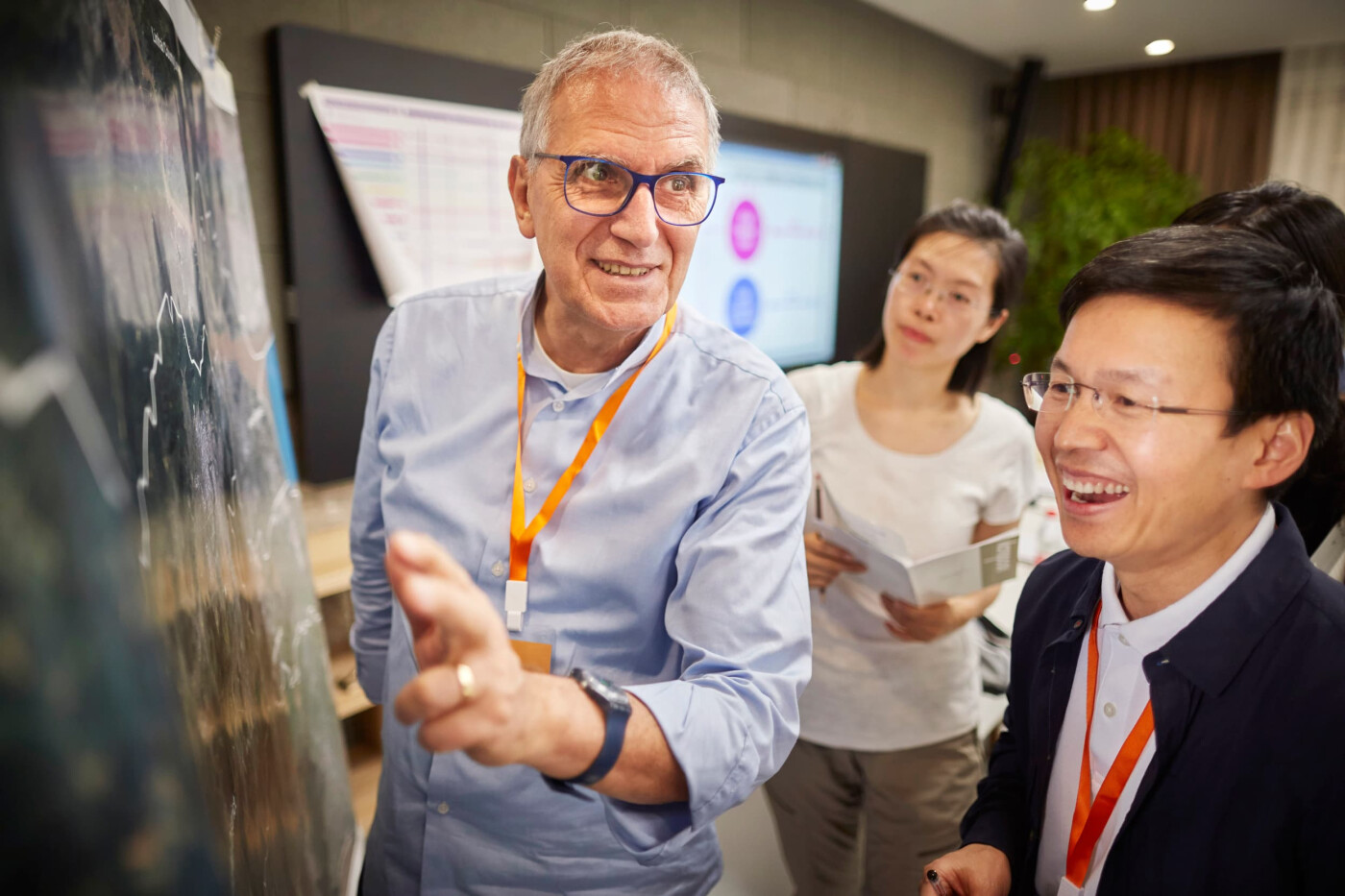

Research Structure
Building on a long-standing collaboration between German and Chinese research institutions, URA follows a systemic and inter-disciplinary research and development approach aiming to explore and strengthen urban-rural linkages in the case study region of Huangyan-Taizhou.
The URA research and development project consists of ten Working Packages (WPs) that are conducted in parallel during the project period. The WPs 2-7 form the scientific backbone of the inter-and trans-disciplinary research on urban-rural interdependencies in the case study region of Huangyan-Taizhou. Therefore, six context-related research topics led by specific Sino-German research teams have been defined with the aim of investigating the manifold interdependencies within the urban-rural continuum along specific material and non-material flows (e.g. people, goods, and information).
Contextual research along the research themes is required to analyse multi-layered urban-rural interdependencies that link the case study region to the broader social, economic, and ecological context of China’s coastal urbanisation corridor (macro scale). In parallel, URA's local-level research follows the approach of ‘Local Transformation Laboratories – Reallabore' (micro scale). By bringing both scales together, the project aims to develop a trans-local understanding of urban-rural linkages and determine the most relevant actors, institutions, and technologies (system knowledge) within the case study region Huangyan-Taizhou. On the other hand, it ensures that societal, political, and economic needs and objectives of local transformation processes within the case study region are identified and linked (target knowledge).
Against this background, URA follows a systematic and actor-based research and development approach that aims to conceptualise and develop specific implementation strategies together with key actors on-site (WP 8). Based on the ongoing findings of the inter- and trans-disciplinary research activities and the implementation of pilot projects (transformation knowledge), new strategic multi-level, multi-actor governance tools will be developed to strengthen urban-rural linkages towards an inclusive and cooperative development at the urban-rural interface of Huangyan-Taizhou (WP 9). The joint project will be accompanied by a comprehensive process of knowledge dissemination including ongoing science policy dialogues (WP 10).
Urban-Rural Socio-Spatial Practices (WP2)
In the light of rapid urbanisation processes in Huangyan-Taizhou region and beyond, an increasing amount of new socio-spatial practices have emerged, continuously challenging our traditional understanding of urban and rural livelihoods. Such heterogeneous, dynamic and trans-locally acting and impacting practices contribute to the formation of the urban-rural interface, characterised by new forms and linkages of material and non-material entities. The working package “Urban-Rural Socio-Spatial Practices (WP2)” investigates this phenomenon of contemporary rural-to-urban transformation focusing on the diverse socio-spatial mechanisms of urbanisation on the level of trans-local practice. On one hand, particularly interested in the interplay between the prevailing urban-rural dual structures in planning governance and new hybrid urban-rural socio-spatial practices on ground, WP2 will explore the political-economic structures under which diverse city-making, town-making, and rural revitalisation processes across the case study region of Huangyan-Taizhou are shaped. On the other hand, the research team will focus on investigating the intentional and unintentional everyday social-spatial practices initiated in the absence of, navigating or eluding existing rules and regulations. The goal is to empirically describe and read the fluid, context- and agency-based modus operandi at the urban-rural interface, and explain how patterns of action (joint-actions) and interpretation from various focus groups are shaped by the socio-cultural constraints and possibilities. Parallel, the WP also addresses how through such practices, the agents reproduce or reshape their lived socio-material space at the urban-rural interface.
Download
URA_WP2_Summary.pdfUrban-Rural Material Cycles (WP3)
Interactions between rural and urban material flows are little understood and can be characterised as disrupted. At the same time, a transition towards a Circular Economy (CE) requires a holistic view on production and consumption systems along the value chain and lifecycle of products at the local scale. The working package ‘Urban-Rural Material Cycles’ (WP3) aims at understanding and supporting the management of material flows in the context of spatial human-environmental interactions and urban-rural linkages in the case of the Huangyan-Taizhou region. WP3 aims to develop a quantitative MFA during the follow-up research in URA’s R&D phase. Therefore, throughout the definition phase, WP3 will identify and map key actors in the region and specific material sectors in plastic, metal and food flows; sketch a qualified MFA approach for the different materials; develop related data sourcing strategies; and outline at least two sustainable pathways for urban-rural metabolism in the case study region.
Download
URA_WP3_Summary.pdfUrban-Rural Landscapes & Spatial Typologies (WP4)
The working package ‘Urban-Rural Landscapes and Spatial Typologies (WP4)’ aims to investigate spatial change processes of urban-rural settlement and landscape structures across the Huangyan-Taizhou region in order to reveal region-specific characteristics of landscape-based and water-sensitive settlement development. Therefore, the focus lies on the diverse network of relationships between settlement and landscape structures, aiming to capture the unique morphological character of urban-rural landscapes and outline transformation processes that are region-specific and relevant for sustainable future development paths. During the definition phase, WP4’s work includes 1) Cartographic interpretation of large-scale settlement-landscape relationships and change dynamics in the region at the macro level; 2) Cartographic description of prototypical water settlement structures on the meso level, naming associated relevant future topics of landscape-based and water-sensitive settlement development 3) In-depth cartographic analysis of an exemplary settlement type; and 4) Concept development of a GIS-based work and exchange strategy for R&D phase (in cooperation with WP5).
Download
URA_WP4_Summary.pdfUrban-Rural Ecosystems (WP5)
Ecosystem and green space play an important role in cities and rural areas (hinterland). Facing the great challenge of urbanisation, it is imperative to take ecosystem services and the new concept of ‘green infrastructure’ with its philosophy towards multifunctional green spaces into account. The working package ‘Urban-Rural Ecosystems (WP5)’ aims to record the changes in ecosystems and green spaces in the urban-rural continuum of the Huangyan-Taizhou region. A suitable longitudinal landscape section (transect) will be conducted, which in the definition phase will investigate, in particular, high-density inner-city areas, suburban areas and rural hinterland areas free of buildings, coordinating with all partners of the consortium. This longitudinal landscape section represents not only different urban densities and building structures, but also different ecosystem types, including urban, semi-natural, as well as largely naturally preserved ecosystems. Throughout definition phase WP5 will work on 1) A framework and relevant indicators for analysis of ecosystem services; A selected transect based on investigation and data resource in study area; A report including a conceptual approach for the development of a GIS-based data archive and map basis for mapping at least two ecosystem services and to share as a common working tool with the other WP’s throughout R&D phase.
Download
URA_WP5_Summary.pdfUrban-Rural Mobility & Migration (WP6)
Rural-to-urban migration and its changing patterns are considered the key factors affecting urbanisation dynamics in China, which shape and reshape flows and linkages within urban-rural regions and beyond. The working package ‘Urban-Rural Mobility & Migration (WP6)’ takes the Huangyan-Taizhou region in the Yangtze River Delta as starting point for its research that will look into the aspects of: 1) the trajectory and patterns of urban-rural migration, and the way (im)mobilities are created; 2) the driving forces and key factors of migration; 3) the current urban-rural socio-spatial boundaries; 4) the changes in migration and mobility resulting from the recently reformed hukou system. Using mixed research methods, such as statistical analysis, new data (e.g. big data) analysis, mapping, semi-structured interviews and participatory observation, both qualitative and quantitative data will be collected, analysed and interpreted.
Download
URA_WP6_Summary.pdfStrategic Scenario Development & Implementation Strategies (WP7)
In the European urban and regional planning context, a strategic planning and steering approach is already being tested with the so-called Raumbild strategy, which promotes cooperative modeling processes for e.g. municipal associations, urban regions and/ or urban-rural regions. The aim of this transdisciplinary approach is to identify the multi-layered transformation processes and their inherent development potentials across administrative boundaries, sectors as well as institutions and groups of actors with the help of actor- and user-oriented, informal and cooperative research and planning tools, in order to subsequently make them more tangible and to be able to link them together in a future-oriented and sustainable way within the framework of regional spatial images. The resulting Raumbild scenarios illustrate potential development paths of a socially, economically and ecologically economically and eco-logically sustainable development of urban-rural regions, but also show concrete approaches to implementation and options for action.
The aim of URA is to further develop this still very new and unexplored planning approach together with German and Chinese practice partners conceptually, methodologically and practically in order to make it visible and applicable in the international planning context. planning context. This process is based on the ongoing results of the discipline-specific research packages of the URA research project as well as applied workshop formats (Multiple Actor Workshops) with selected actors within the three focus areas (Urban-Rural Living Labs) in the research regions in China and Germany.
Urban-Rural Governance & Policies (WP8)
Land use planning decision-making processes are often complex and require a wide set of interaction and dialogue formats between different stakeholders such as local communities, scientists, and several layers of public authorities bound by different legal and policy frameworks. Therefore, WP8 aims at identifying and better understanding existing actors and policy approaches targeting the management of urban-rural interfaces in the case study region of Huangyan-Taizhou and beyond. To do so, WP8 aims to map the local (Huangyan-Taizhou Municipalities), regional (Zhejiang province), and supra-regional (Prefecture-level city Taizhou) policy landscape. This mapping exercise will reveal gaps and needs for new policy approaches, and provides a crucial input for the conceptual refinement of proposed methods for strategic governance at the urban-rural interface (WP9), as well as the selection and consolidation of local transformation laboratories (WP7). The definition phase deliverables of WP8 are: 1) mapping of the policy landscape relevant to urban-rural linkages in the Huagyan-Taizhou region; 2) mapping of the actors relevant to the urban-rural linkages in the Huagyan-Taizhou region.
Download
URA_WP7_Summary.pdfUrban-Rural Linkages in a global Perspective (WP9)
Case Study Region
URA’s research focuses on Huangyan-Taizhou urban region as part of the Taizhou prefecture-level city located at the threshold of affluent and highly urbanised clusters of the Yangtze River Delta in Zhejiang province in East China.
Current knowledge production on mechanisms of urbanisation in China is typically based on large urban centres and cities that are either considered megacities or hold an elite position influencing global political economics. However, there is a growing recognition of the need to consider a broader range of cities which have thus far lacked critical attention. URA’s research and development approach focuses on such an urban region: Huangyan-Taizhou, part of the Taizhou prefecture-level city located in Zhejiang province in East China.
URA’s selected research and development region falls primarily under the administrative boundaries of the three urban districts of Taizhou city (Jiaojiang, Luqiao, and Huangyan), where the most drastic and rapid urbanisation processes are occurring, especially since the economic reform of 1978. In 1949, the urbanisation rate was as little as 7.07%; by the end of 2018, Taizhou had a population of 6.054.000, and the percentage of its registered urban residents was 44.72% (ranking 5th in Zhejiang province), with an overall urbanisation rate of 63% (actual number of inhabitants in the urban jurisdictions). However, despite Zhejiang province being considered nationally as promoting high-quality urbanisation, it nonetheless faces significant challenges. These include the sustainable use of land and natural resources, the deterioration of peripheral villages, the equitable provision of public services to inhabitants with different social statuses, and significant changes in ecosystem service value.
Both qualitative and quantitative indicators (e.g., the number of inhabitants, economic and industrial indexes, and positionality in the hierarchical urban system) suggest that Taizhou city represents a median condition in relation to other cities within the highly urbanised Yangtze Delta region. Moreover, the jurisdiction of Taizhou municipality is not homogenous in a social or physical sense, instead encompassing regions with distinct geographical, institutional, and cultural characteristics. For URA, this relatively 'ordinary’ condition of complex and heterogeneous urban-rural constellations and elinkages makes the Huangyan-Taizhou urban region an ideal case study to understand contemporary dynamics and characteristics of rural-urban transformation across China.
